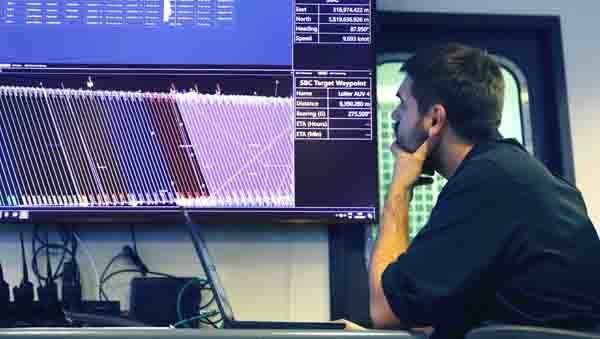In March 2014, in what has become the world’s greatest aviation mystery, Malaysia MH370 went missing while flying from Kuala Lumpur to Beijing with 227 passengers and 12 crew on board. There have been compelling theories that the aircraft suffered mechanical failure or was intentionally flown off course. Over the course of a three year search, the governments of Malaysia, Australia and China spent roughly $157 million and covered more than 120,000 sq. km of seabed, without much success. The search was called off despite the fact that new evidence emerged suggesting the most likely location for the remains of the plane was a 25,000 sq-km area further to the north of the original search area.
On the 10th of January 2017, A Houston based company called Ocean infinity is now on the hunt for the missing MH370 airliner under an agreement with the government of Malaysia. The Malaysian government will pay up to $70 million if the company can find the wreckage of the plane or its two flight recorders within 3 months. With its underwater drones that can cover 463 square miles a day and a target to complete the 9,600-square-mile area within a month, this posts will take a look at the technology Ocean infinity is bringing to bear.
Ocean Infinity
Ocean Infinity is a technology company specializing in collecting high resolution geophysical seabed data. Its major expertise is in the oil and gas industry. It also specializes in subsea exploration services for tasks such as underwater cabling and seabed mapping. It has the world’s most advanced fleet of autonomous vehicles. In January 2018, it achieved a record breaking depth of 5,860 meters with one of its commercial UAV. To this day, it has covered 32,787 square kilometers of the ocean floor.
The vessel
Formerly known as Olympic Athene, The Seabed Constructor is the vessel currently heading to the search area. It has accommodation for a total of 102 persons. It is fully equipped with heavy duty WROVs, multiple AUV and dedicated on-shore support. It will have a total of 65 crew members, including two government representatives drawn from the Malaysian navy. It is currently underway, to take advantage of the favourable weather conditions presently in the search area.
Autonomous Underwater Vehicles (AUV)
Eight (HUGIN) AUV will be used for the search and each is programmed with an independent mission plan. Independence allows the systems to cover huge swaths of seabed quickly and accurately. Each AUV can reach depths of 6,000 meters and has an approximate endurance of 48 hours. These vessels are capable of operating in 6km water depth collecting high resolution data at record speeds.
Unmanned Surface Vehicles (SUV)
The USVs is equipped with KM Marine Broadband Radios for radio frequency telemetry between it and the HSV. They are powered with two diesel powered engines per vehicle featuring endurance of greater than 140 hours.
Software
Ocean Infinity will use Infinityview for its operations. This is customized software developed by 4D NAV. The software will optimize the mission planning for all autonomous underwater vehicles, unmanned surface vehicles and the multipurpose offshore vessel by applying deep learning technology( I wrote a post about deep learning some time ago). As the planned missions are being executed all of the autonomous vehicles and the host vessel will be tracked against their planned missions.
Conclusion
Ocean Infinity’s technology is relatively new and the vehicles have mainly been tested in the North Atlantic. Just the fact that they are willing to accept a "no-cure, no-fee" contract, gives us hope and makes them the right team for the job. The Malaysian transport minister Liow Tiong told reporters after the signing ceremony in Malaysia:
“After looking into their expert’s view, there’s an 85% probability of finding the wreckage at this new area,
The search begins on January 17.
For further reading: 1 2 3
Thank you for reading.


What? Just in the last 10days? That's huge.
This post in informative!
Downvoting a post can decrease pending rewards and make it less visible. Common reasons:
Submit
thanks for reading
Downvoting a post can decrease pending rewards and make it less visible. Common reasons:
Submit
This is technology at work, hoping it would deliver. Nice post
Downvoting a post can decrease pending rewards and make it less visible. Common reasons:
Submit
thanks for reading
Downvoting a post can decrease pending rewards and make it less visible. Common reasons:
Submit